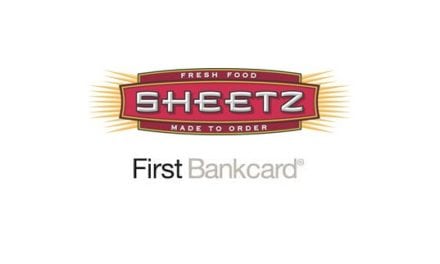By Keith Reid
Electric vehicle fast charging: “Why now? Why not now?” That point was made by Brad Petersen, director of retail fuels at Kum & Go, a retail chain with more than 500 stores in 11 Midwestern states. “Yes, the new EV sales are not drastic in numbers—less that 2% of the vehicle fleet—but we know it’s coming, and we want to be prepared for it and offer fuel to all of our customers, whether that be gas or charging.”
Petersen was speaking at the NACS Crack the Code Experience session: How to Succeed in the EV Market, presented November 3 and available on demand.
The well-rounded panel featured representatives from Future Fuel Strategies, National Car Charging LLC, Smart Electric Power Alliance and EVgo, in addition to Kum & Go.
As covered in the session, there are three basic EV charging options. The first involves an electric vehicle manufacturer such as Tesla establishing a charging network to support vehicle sales. The second involves an independent third party, such as EVgo, that will essentially partner with a retailer through a rental agreement (or with a municipality or commercial fleet) to support its charging network. The third model involves retailers working with a company like National Car Charging to set up and operate their own charging infrastructure.
Supporting a third-party network is painless to the retailer, but the retailer ends up giving away control in such areas as pricing, which can conflict with retailer goals. At the same time, the third party assumes the bulk of the risk, as well as most of the headaches with adding EV charging, in exchange for that loss of control.
The charging technology of choice, at least in retail applications, is DC fast charging. These chargers dramatically reduce the amount of time required to give a vehicle a decent charge to get back on the road. The panelists noted that the ideal site focuses on having a charging experience as close to liquid fuels as possible, while also providing opportunities for the customer to take advantage of store profit centers.
The inside sales opportunities ramp up with charging times that, while getting shorter all the time, are still longer than those for the average fuel customer.
Working with a utility is also a partnership with EV charging. The panel offered a range of “dos and don’ts” and made it clear that each utility will likely have a slightly different relationship than the next.
It was noted during the discussion that it can cost eight times as much to do an EV retrofit as it does with new construction. With that in mind, even retailers that are not ready to pull the trigger immediately should be making these considerations with new site construction so that adding EV charging will be relatively painless when the decision to proceed is made.
The NACS Crack the Code Experience runs through December 4, 2020 and features 24/7 access to forward-looking ideas and insights, plus innovative new-to-channel products and strategic connections. There’s still time to register for your own Crack the Code Experience!
For more on EVs and their adoption timeline, download the Fuels Institute’s “State of Transportation Energy and Vehicle Electrification” report available at www.fuelsinstitute.org/research.








